Turf is a made up of thousands of living plants and all plants need growing medium to support them. So the answer to the question “Do you need topsoil to lay turf?” is a hearty yes. More details in this article.
Why do you need topsoil for laying turf?
The soil beneath your lawn has several functions:
- Absorbs impact and protects your joints as you move across the lawn
- Is home to millions of soil microbes who help to store carbon, purify the air and keep your grass plants healthy
- Allows roots to find the water and food needed to sustain plant life.
- Soaks up rainwater and filters it through to aquifers and water courses
- Turns dead foliage, roots and minibeasts into plant nutrients
How much topsoil do I need for a lawn?
If you’re unsure about how much top soil you need, you can have a look at our guide here. For best results, we would recommend that turf needs to be laid onto good quality, prepared topsoil at least 15cm (6 inches) deep.
If the topsoil in your garden is either too shallow or is poor quality, it is wise to bring in more soil before you lay turf. The Turfonline team recommend either Grade 1 screened topsoil or Enriched lawn soil to improve existing soil.
If you are planning to lay wildflower turf, we recommend installing it onto low fertility soil.
How do I know if my garden topsoil is good enough for turf?
It’s impossible to know the nutrient levels of soil without doing tests in a laboratory. However there are some simple tests you can do at home to assess the quality of your soil.
Products that can help – Topsoil, Rapid Roots Feed and Jubilee Turf.
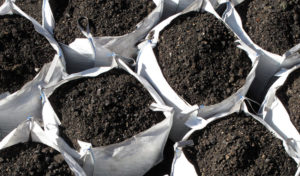 |
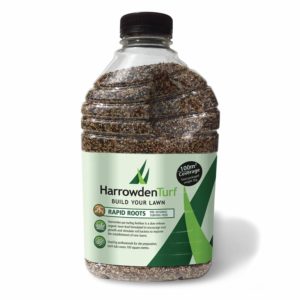 |
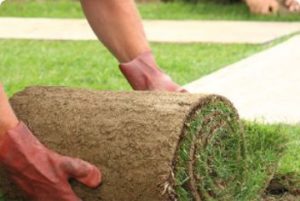 |
 |
 |
 |
Soil Sight Test
What does your garden soil look like?
A good test, if you are able to, is to go upstairs and look down at the garden. Can you see any obvious patches where the soil/plants look different? Could there be debris buried beneath the soil at that point? It’s worth investigating.
What about the soil itself. Is it a nice rich brown colour with a few small stones in it? If it is, you’re in luck. It sounds as though it might be OK for turfing.
If your garden soil is pale, sandy or grey coloured, and/or contains lots of stones, you may need to do some improvements.
Smell Test
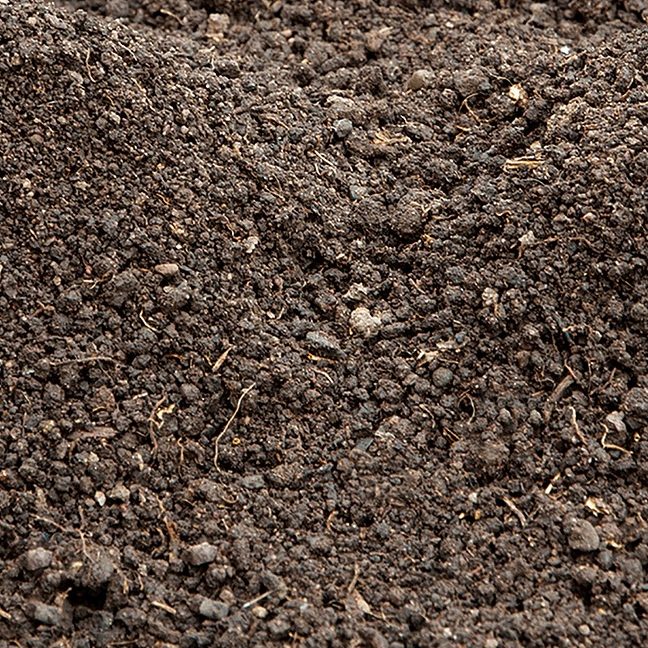
Pick up a handful of your soil and have a good deep sniff of it. It should smell earthy and slightly sweet. If it smells sour it might lack oxygen – is your garden poorly drained? Soil that is perpetually wet can be quite pongy and won’t support healthy grass growth.
Spade Test
Nip to the shed and get out either a garden spade or a garden fork. Now push it into the area you want to turf. Preferably somewhere with no plants because roots can skew the results.
How easily does the spade/fork go into the soil? As easily as digging on the beach to make a sandcastle? Or is it really tough?
What you are looking for is a reasonable amount of resistance, but not too much. Similar to the pressure you need to cut into a beautifully cooked roast potato.
Lift the soil with your spade/fork. How heavy is it? And what sort of texture does it have? How deep is the layer of topsoil?
Heavy, sticky clay will come out in one big lump and depending on your fitness levels, it will be hard to lift.
Free draining sand will run off the blades as you try to lift it.
Squeeze Test
This is the ultimate test for turfing topsoil. Take a nice handful of soil – preferably without any stones in it.
Squeeze it tight in your fist. Now open out your fingers.
The ideal turfing topsoil will hold the shape of your fist until you prod it. When you gently prod the soil ball, it should crumble quite easily. If it takes force to break it up – it’s a bit too “heavy” for turfing. If it doesn’t form a fist shape in the first place it’s too sandy and needs a little bit more “heart”
How to improve your garden soil?
As you prepare you garden for turfing, incorporate some good quality topsoil.
Remove all vegetation first. Then dig the area over and remove any stones or debris bigger than a baby’s fist. Leave the surface rough.
Spread the new topsoil on top and then dig or rotovate again to mix it with your garden soil.
Apply some pre-turfing fertiliser.
Now rake and level your garden soil to prepare it for turfing.
Soil preparation is explained in this turf laying video
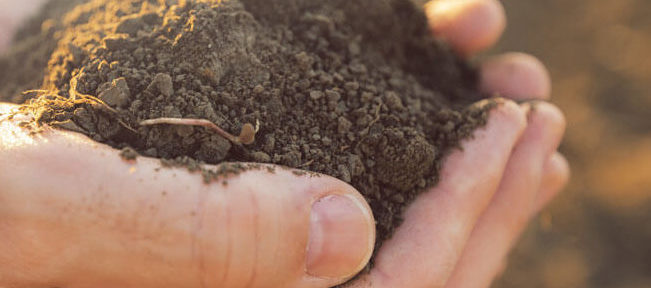
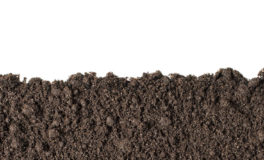 Topsoil for laying a lawn
Topsoil for laying a lawn 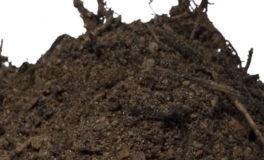 Topsoil – What should you use?
Topsoil – What should you use? 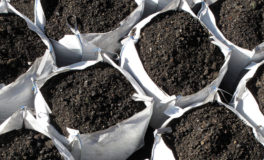 Benefits of our topsoil
Benefits of our topsoil 

